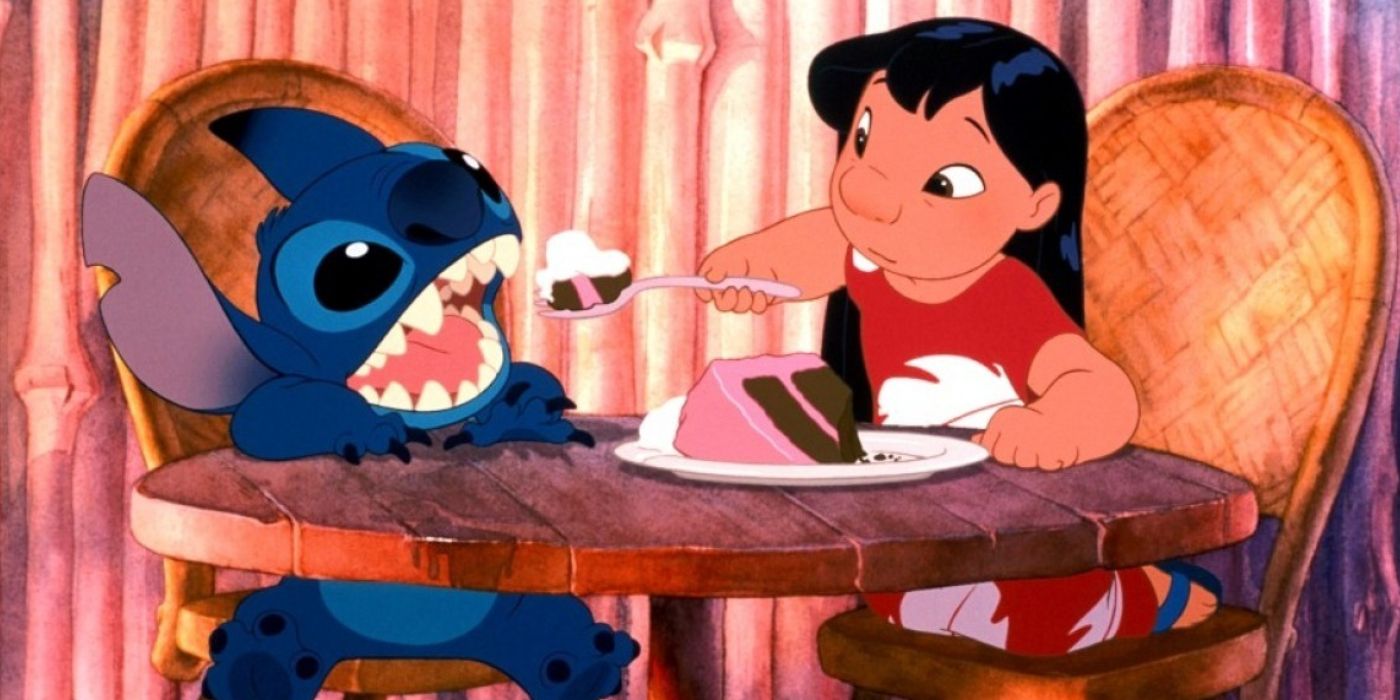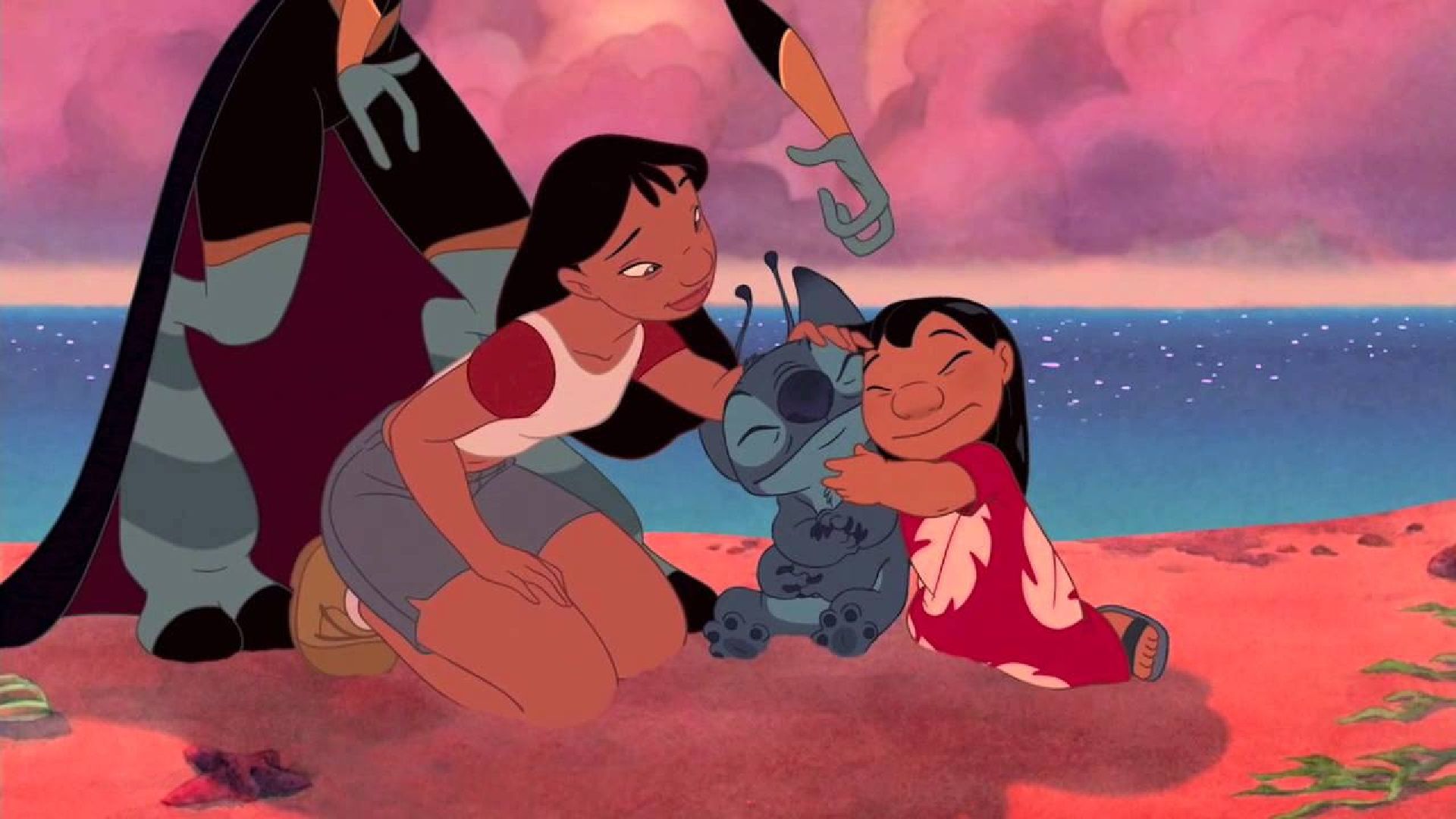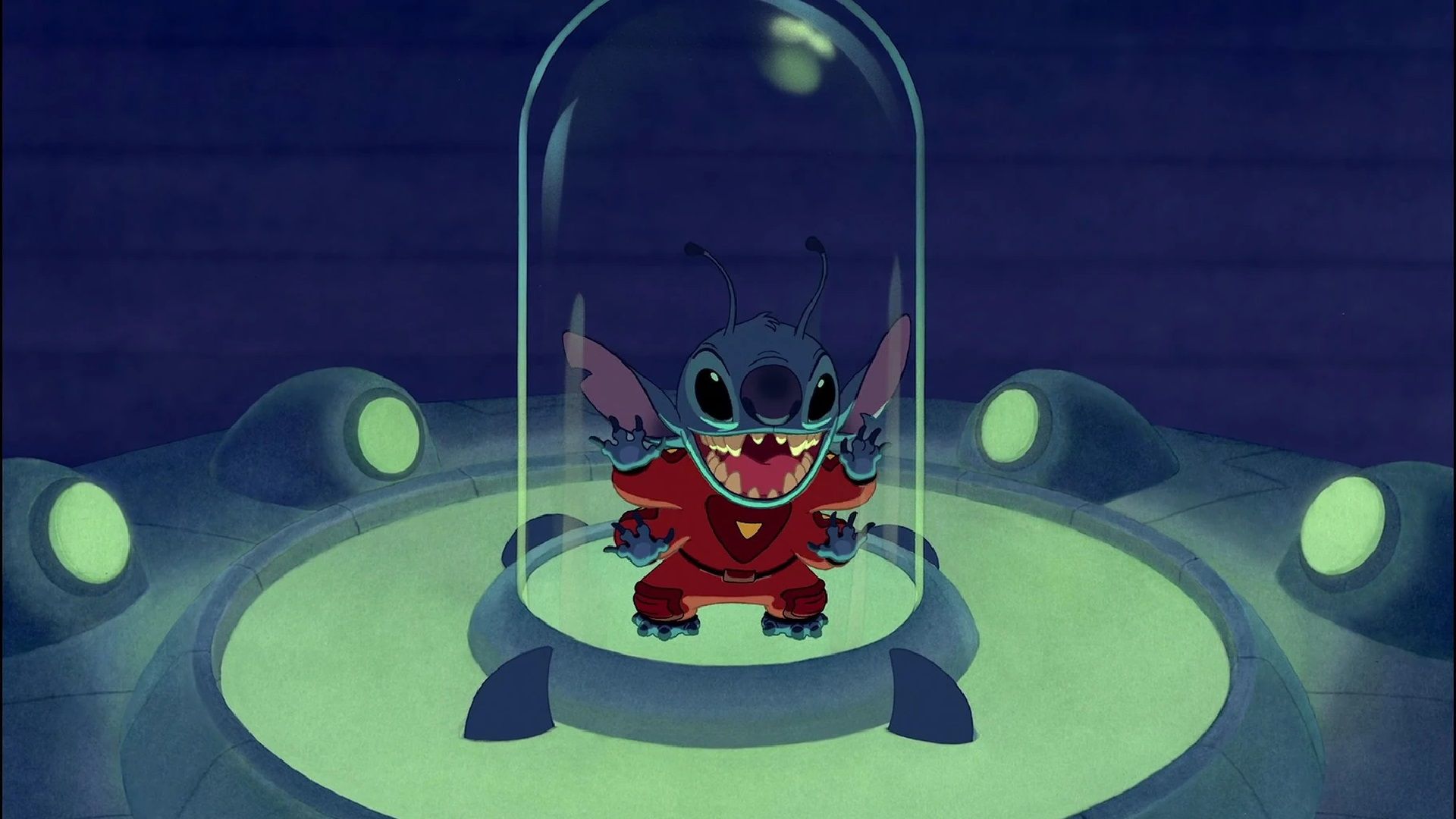
Gather your family and let’s arrange our Memorial Day weekend outing to the theater right away. The long-awaited live-action remake of “Lilo & Stitch” has finally arrived, and early reviews suggest it’s a delightful surprise for many fans. With an impressive 92% approval rating from audiences on Rotten Tomatoes at this moment, and projected box office earnings surpassing $100 million, outperforming the latest “Mission: Impossible”, it seems like this film is set to be a hit!
In the ’90s and early 2000s, Lilo and Stitch became a beloved classic for many kids like me. Unlike any other Disney Animation before it, it was bold, heartfelt, and had us laughing out loud. It seemed unusually mature for a Disney movie, tackling complex themes and emotions honestly, which resonated with viewers of all ages. However, there’s a deeper thematic layer in this film that many might have overlooked, and I believe it’s part of the reason it continues to captivate us today.
Is Lilo Disney’s Only True Neurodivergent Protagonist?

As a director, Chris Sanders has consistently shown an aptitude for crafting tales about outcasts and improvised families, evident in both How to Train Your Dragon and the recent release The Wild Robot. However, it was arguably with Lilo and Stitch that he most clearly expressed this theme, as the titular characters grappled with fitting into their respective societies, ultimately discovering a sense of acceptance and belonging in each other.
Stories about outsiders hold a universal appeal, as we all grapple with feelings of belonging at some point in our lives. Notably, Sanders’ portrayal of his characters in Lilo & Stitch was strikingly relatable to neurodivergent viewers due to the unique depth with which he depicted their quirks and idiosyncrasies. For instance, Lilo’s unusual fascinations with Elvis Presley’s music and her hobby of photographing beach tourists for amusement resonated strongly with this audience.
Beyond her daily routine, Lilo incorporates rituals and adheres to specific behavior patterns, such as setting aside Thursdays for offering gifts to Pudge, a fish she thinks governs the weather. Her emotional intensity, noticeable when a hula classmate criticizes her, also adds credence to her being seen as an icon by many in the autism community.
Indeed, there are numerous perspectives on Lilo’s character to explore. A significant aspect of her unique personality stems from the tragic loss of her parents at an early age, which left her struggling to cope with her emotions effectively. This is particularly evident when her elder sister, now her caretaker, also grapples with her own challenges.
However, it’s important to note that Lilo’s social interactions often reflect a widespread sensation of isolation commonly encountered by neurodivergent individuals. Her community either openly labels her as strange or fails to connect with her appropriately, mirroring a universal experience.
Stitch Explores Neurodiversity Just as Well as Lilo

Despite Lilo often being recognized as a neurodivergent icon, Stitch equally embodies this role. Initially, both characters are perceived as outcasts, deemed incapable of anything beyond their initial identities – Stitch as a destructive alien and Lilo as an unruly girl. Their creator, Jumba, even suggests that Stitch serves no higher purpose in life, labeling him as “never belonging”. Even when he adopts the guise of a dog to evade scrutiny, other animals display fear towards him, indicating that Stitch, like Lilo, struggles with self-control and emotional regulation.
Despite many in the community instantly viewing Stitch as hostile, Lilo instinctively perceives a kindred spirit and adopts him as a pet, leaving others puzzled. Under her nurturing care, Stitch encounters someone who shows him genuine kindness for the first time, enabling him to connect with his emotions instead of reacting aggressively to unexpected situations. As she gains a friend, he discovers someone who recognizes the soul hidden beneath his unusual exterior. It’s no coincidence that by the movie’s end (and arguably its most memorable scene), Stitch becomes more tranquil and speaks softly.
As far as we know, neither Chris Sanders nor any representative from Disney has provided a statement on this theory, so it’s uncertain if the film was deliberately intended to delve into neurodiversity. However, it’s clear that the movie offers a powerful portrayal of individuals who are often misunderstood by society and how forming connections can help them break free from their solitude. The tale of the Ugly Duckling is recurrently present in this narrative, as Stitch embodies this classic character perfectly.
Regardless of whether “Lilo and Stitch” was designed as a depiction of neurodivergence, the resonance it has with many in the community is significant, suggesting that its creator, Sanders, captured some aspects of the emotional experience remarkably well. One could argue that the film’s subtle approach to the topic is one of its strengths, making it more enduring than other shows or movies that directly address autism (such as “The Big Bang Theory”).
Regardless of Sanders’ motivation, it’s worth appreciating that the original “Lilo & Stitch” has touched the hearts of countless individuals. Currently, “Lilo & Stitch” can be seen in theaters, while the original film is accessible for streaming on Disney+.
Read More
- Who Is Harley Wallace? The Heartbreaking Truth Behind Bring Her Back’s Dedication
- 50 Ankle Break & Score Sound ID Codes for Basketball Zero
- Lost Sword Tier List & Reroll Guide [RELEASE]
- Basketball Zero Boombox & Music ID Codes – Roblox
- 50 Goal Sound ID Codes for Blue Lock Rivals
- Summer Games Done Quick 2025: How To Watch SGDQ And Schedule
- 100 Most-Watched TV Series of 2024-25 Across Streaming, Broadcast and Cable: ‘Squid Game’ Leads This Season’s Rankers
- The best Easter eggs in Jurassic World Rebirth, including callbacks to Jurassic Park
- Ultimate AI Limit Beginner’s Guide [Best Stats, Gear, Weapons & More]
- You Won’t Believe Denzel Washington Starred in a Forgotten ‘Die Hard’ Sequel
2025-05-26 02:32